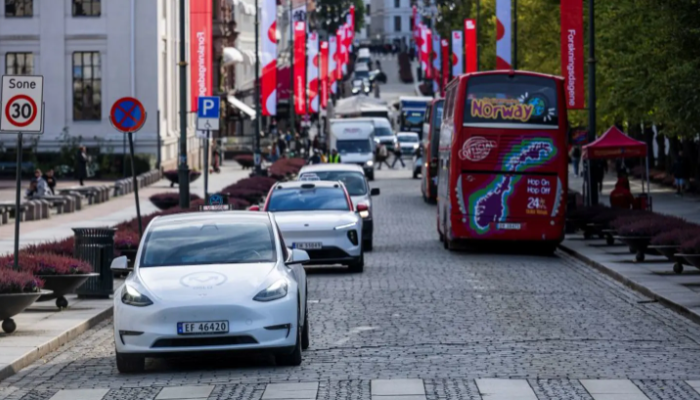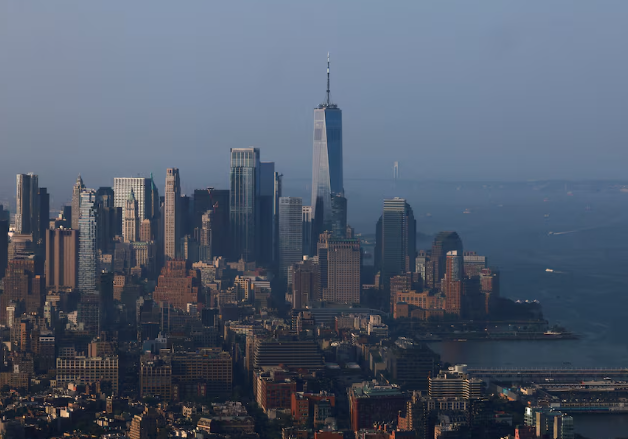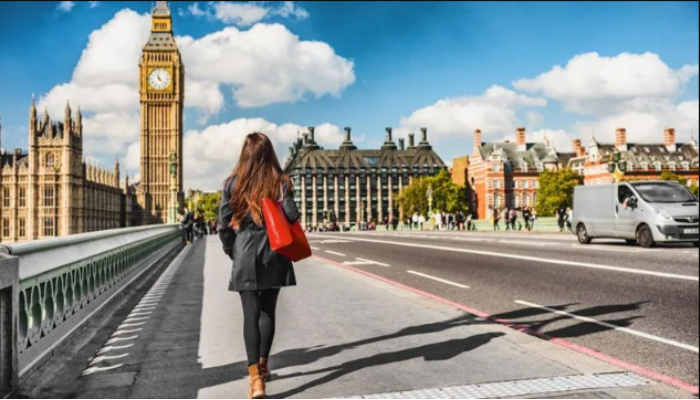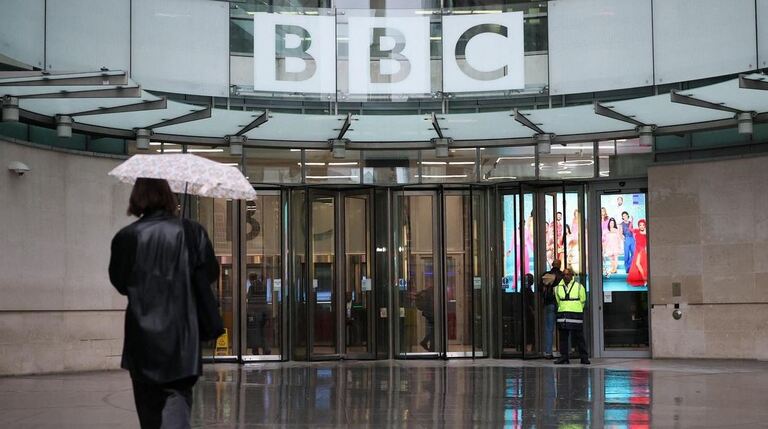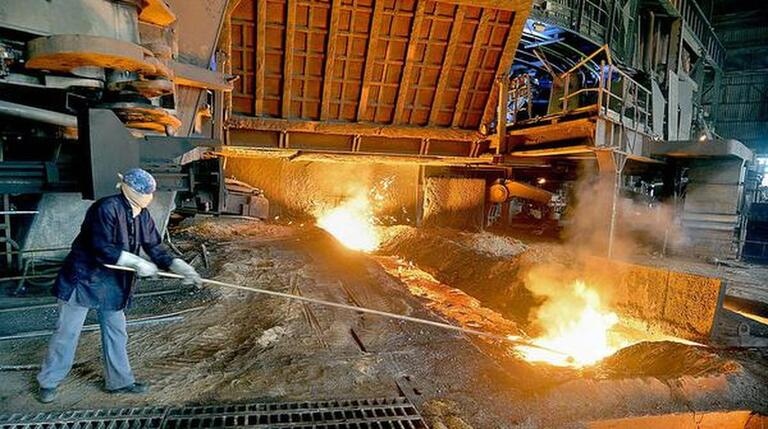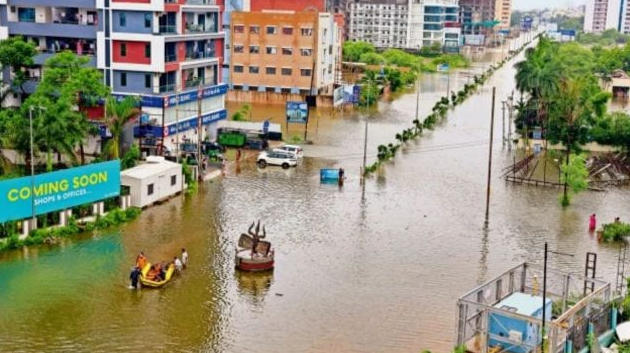
The State Level Environment Impact Assessment Authority (SEIAA) in Gujarat has given the green light for the desilting and dredging of the Vishwamitri River in Vadodara, aiming to prevent recurrent flooding and restore the river’s ecological integrity. This approval comes as nearly 40% of Vadodara was submerged for three days during the August 2024 floods, underscoring the need for immediate intervention.
The SEIAA emphasized that the project must align with the National Green Tribunal’s (NGT) 2021 directives. These include the demarcation of floodplains, removal of unauthorized structures, and ensuring the river’s natural mechanisms to retain water and prevent floods remain intact.
The rejuvenation project, spearheaded by the Vadodara Municipal Corporation (VMC), is expected to significantly increase the river’s water-carrying capacity, reducing flood risks by up to 51%. However, strict guidelines have been issued to ensure the conservation of the river’s biodiversity. The SEAC has directed that the desilting and dredging be conducted under the supervision of the forest department, with provisions to protect wildlife such as crocodiles and Indian softshell turtles.
The project aims to complete the removal of debris and silt by August 2025, enhancing the river’s capacity to 1,100 cumecs. To mitigate conflicts between humans and wildlife, the VMC has been instructed to provide safe habitats for species along the riverbanks and take measures to prevent injuries during the operations.
Urban planners and environmental activists, however, have raised concerns about the execution of the project. Rohit Prajapati, an environmental activist, reiterated that the focus should not be on straightening the river but on freeing its natural course. Prajapati highlighted the importance of implementing the NGT’s broader vision, which includes restoring wetlands, ravines, and floodplains integral to the river’s ecosystem.
Urban planner Neha Sarwate echoed similar sentiments, emphasizing the need to restore the river’s natural floodplains, reconnect ponds and tributaries, and address upstream and downstream issues. Sarwate stressed that untreated sewage dumping into the Vishwamitri River must be stopped to ensure sustainable urban development.
To ensure minimal environmental impact during operations, SEAC inspected vehicles and machinery to confirm they meet CPCB emission norms and are maintained to prevent noise pollution. Measures such as water sprinkling on movement sites will be employed to control dust pollution.
Excavated materials from the desilting process will be appropriately stored and utilized for government projects on non-productive government land. This ensures the project’s byproducts serve a constructive purpose while adhering to environmental standards.
The SEIAA has urged the VMC to draft a detailed sediment management plan, reviewed by the Gujarat Pollution Control Board and the state forest department, to ensure compliance with the Ministry of Jal Shakti’s guidelines.
While the SEIAA’s decision marks a significant step toward mitigating floods and restoring ecological balance, the project’s success hinges on its adherence to NGT directives and effective collaboration between civic authorities, environmental experts, and local stakeholders. The Vishwamitri River’s rejuvenation will serve as a model for balancing urban development with ecological conservation.

